Articles
Knowledge Center

Big Box Shipping: Definition, Key Components, and Challenges
Big box shipping is a cornerstone for efficiently transporting large quantities of goods across vast distances. However, you must understand every detail about shipping large boxes or oversized packages and its key components. With globalization fueling business expansion, there is a growing demand for big box shipping. An oversized package and large box help you […]
Read More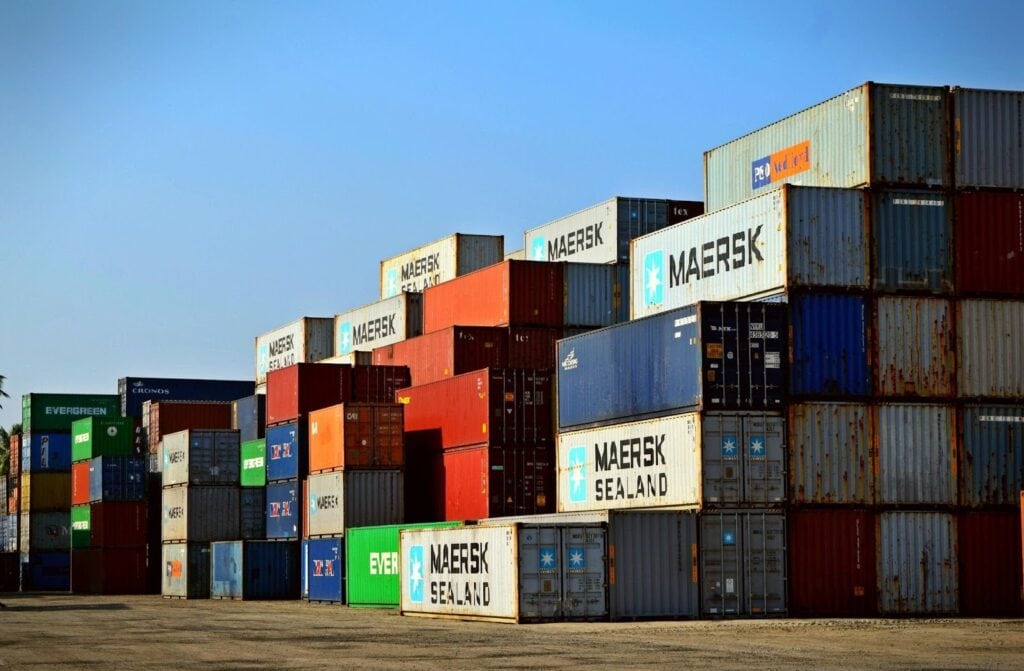
House Bill of Lading vs Master Bill of Lading: Their Key Differences
Bills of lading play a critical role in the shipping and logistics industry. They serve as a legal contract that acknowledges the receipt of goods and outlines the terms of shipment. They are evidence of the contract of carriage between the actual shipper, carrier, and recipient. So, they facilitate smooth transactions and ensure accountability throughout […]
Read More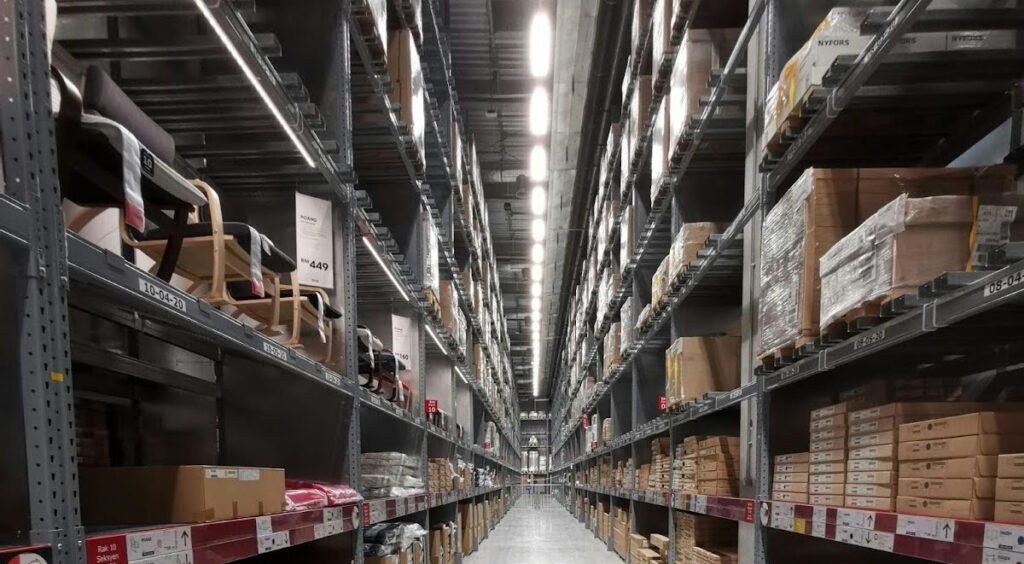
8 Types of Warehousing Processes
Warehousing is a critical link in the supply chain. It facilitates the storage, handling, and distribution of goods. Effective warehouse management can optimize inventory control and meet customer demands efficiently. Within this context, warehousing processes ensure smooth operations and maximize warehouse efficiency. This article discusses various warehousing processes that contribute to efficient warehouse management. From […]
Read More
Claused Bill of Lading: Definition, Key Characteristics, and Process
This articles explores everything related to the Claused Bill of Lading and its unique role in the shipping industry, uncovering its implications for shippers and carriers.
Read More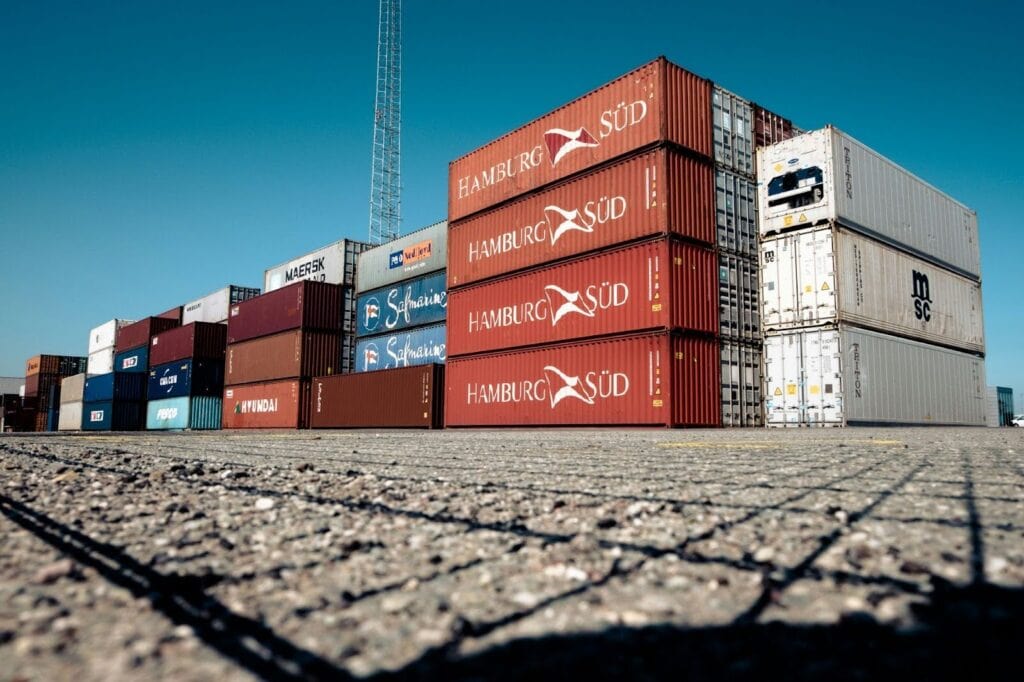
Cross Docking vs Drop Shipping: Their Key Differences
In the fast-paced world of business logistics, shipping methods play a key role. Cross docking vs drop shipping–it may be difficult to choose but this logistics guide will help you understand the differences and make the right decision. These two approaches can facilitate your supply chain management as a business owner. This guide delves into […]
Read More
Blockchain in Supply Chain: Definition, Role in Supply Chain, and Advantages
Modern advancements in logistics and supply chain operations have dramatically shifted how businesses manage the flow of goods from production to consumption. Technology innovations have paved the way for more efficient, transparent, and secure processes, fundamentally altering the landscape of global supply chains. Blockchain technology emerges as a pivotal force at the forefront of these […]
Read More
Clean Bill Of Lading: Definition And Importance
A clean bill of lading is essential in international trade, guaranteeing that goods are shipped in perfect condition. It serves as a contract between the shipper, carrier, and receiver and a vital assurance of the shipment’s integrity. This article examines the critical role and definition of a clean bill of lading, highlighting its significance in […]
Read More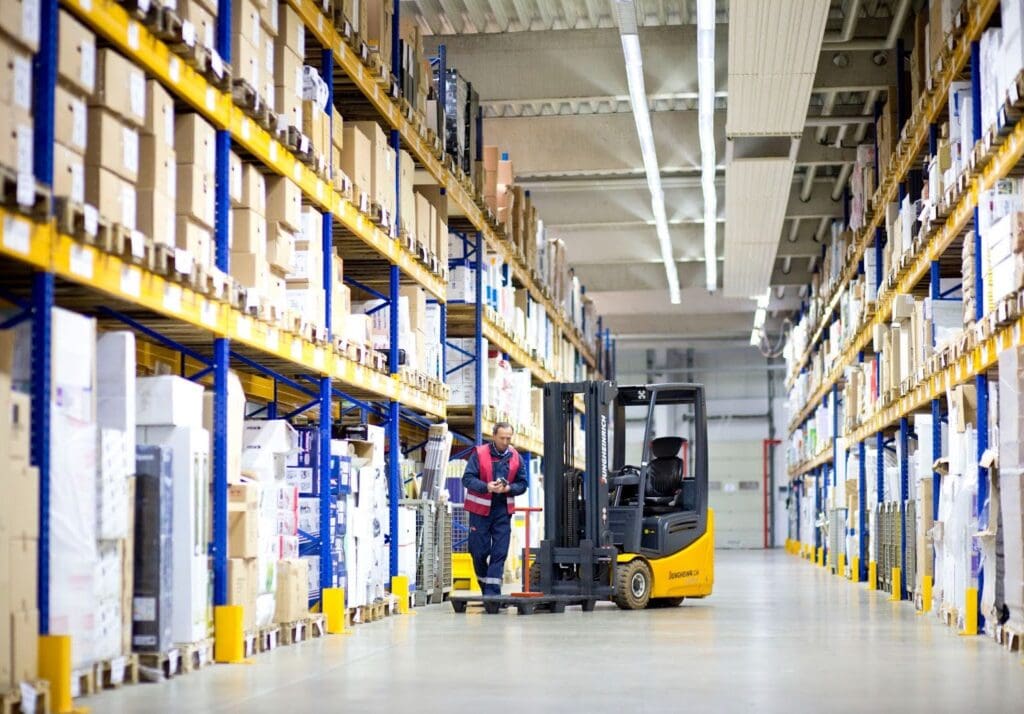
Outsourced Fulfillment: Definition, Advantages, and Disadvantages
When considering outsourced fulfillment, carefully assess your business’s growth stage, seasonal demands, expansion plans, cost-saving goals, focus areas, and technological needs.
Read More
Warehouse Vs. Factory: Purposes and Types of Each
Warehouses and factories, each integral to supply chains and manufacturing, serve distinct yet complementary functions. To optimize logistics, warehouses focus on efficient storage and distribution centers, often situated near key transport routes.
Read More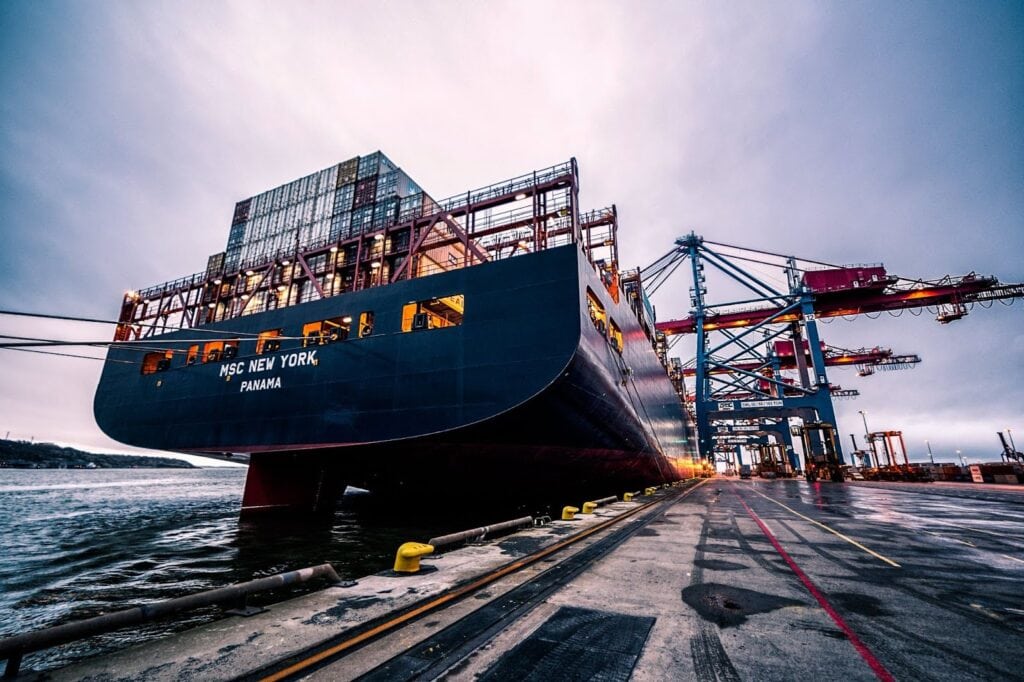
Bill of Lading (BOL): Definition, Example, and Importance
The Bill of Lading (BOL), derived from the old English word hladan (but sometimes mistakenly called a bill of laden or bill of landing), is a vital document in the logistics and transportation sector, serving as a legally binding contract of carriage and a detailed record of goods in transit. It is governed by strict […]
Read More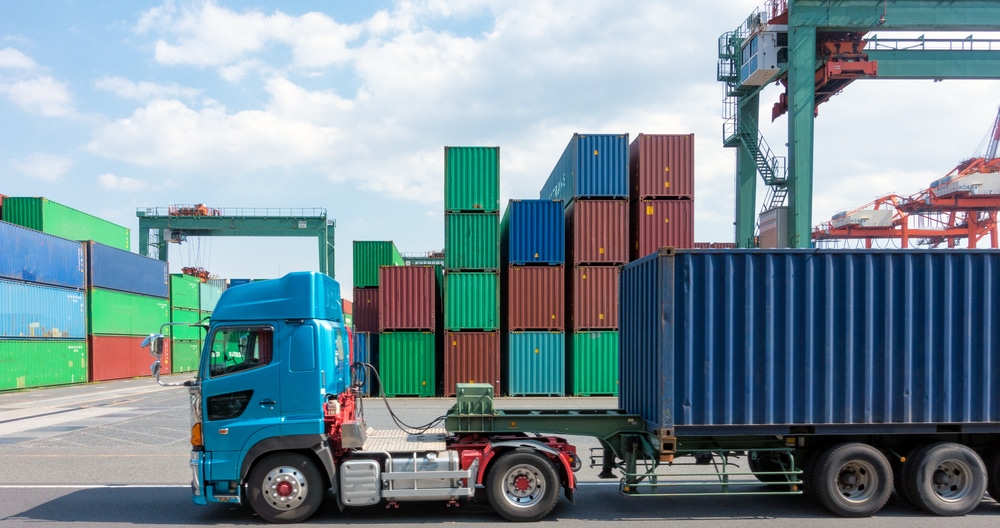
Drayage vs Cartage: Key Differences
Commercial shipping relies heavily on two essential methods for moving freight: drayage and cartage services. Each plays a distinct role in guiding goods to their final destination, from a port to a nearby facility or across short distances within a city. Though they serve similar purposes, the differences between drayage vs cartage are significant, and […]
Read More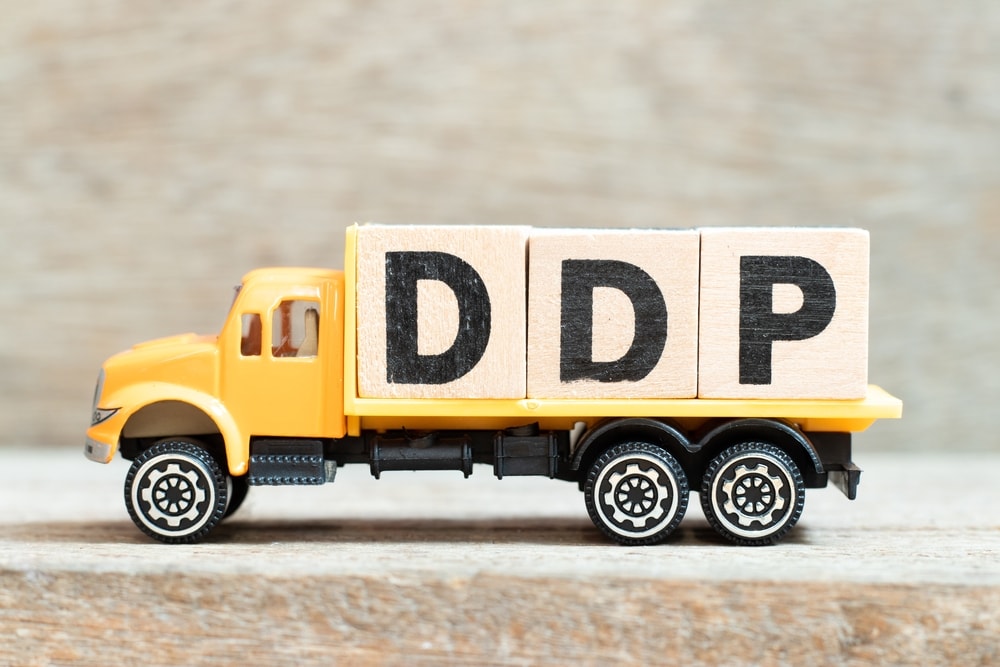
DDP vs. DAP: Definitions, Differences, and Key Considerations
In international trade, understanding shipping terms is crucial for businesses to make informed decisions. This article will compare two delivery methods: Delivered Duty Paid (DDP) and Delivered At Place (DAP). By exploring their definitions, differences, and factors to consider when choosing between them, you’ll be better equipped to navigate the complexities of international shipping. Definitions: […]
Read More
What is a Liftgate? Definition, How It Works, and Benefits
Liftgates facilitate the loading and unloading of heavy materials from trucks using hydraulic power to bridge the gap between the ground and the cargo space of a truck, proving indispensable in various commercial settings.
Read More
Warehouse Management: Meaning, Advantages, And Systems
Warehouse management is essential for businesses, ensuring compliance, efficiency, and accurate inventory management. Its success requires industry knowledge and strategic resource management. Explore further for key insights into warehouse management. What Is Warehouse Management? In supply chain operations, warehouse management refers to the comprehensive process of supervising and controlling all aspects of a warehouse’s performance, […]
Read More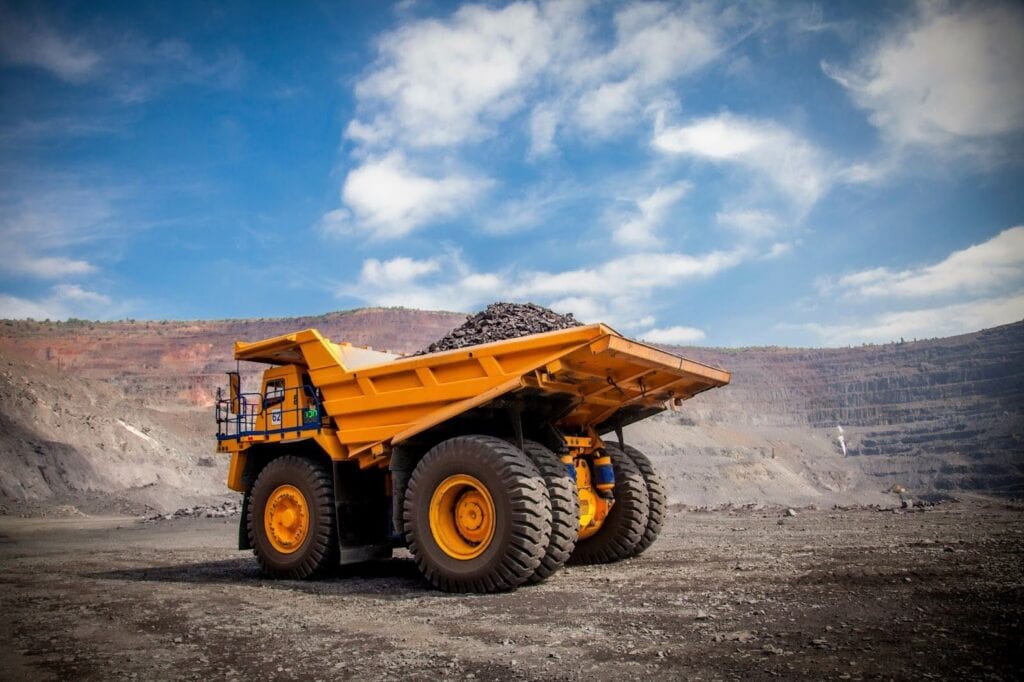
Dump Trucks: Industry, Types, and Applications
Dump trucks are multifaceted vehicles, with wide-ranging applications across the construction, mining, and transportation sectors. Understanding the industry and the benefits and applications associated with the various types of dump trucks is key for maximum efficiency of use.
Read More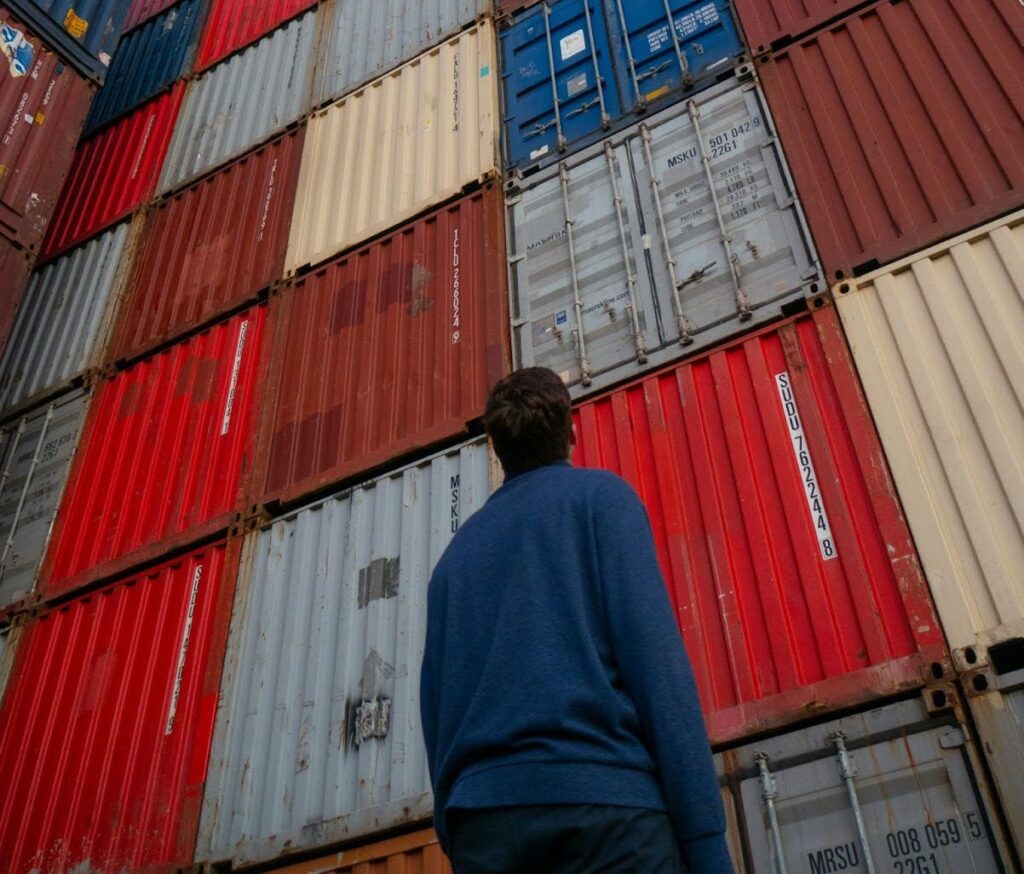
Courier vs Freight: Which is Best for Your Shipping Needs?
The choice between freight and courier shipping depends on the specifics of your shipment, including size, weight, urgency, and cost considerations. Here is a closer look at the two transportation types as well as their benefits and drawbacks.
Read More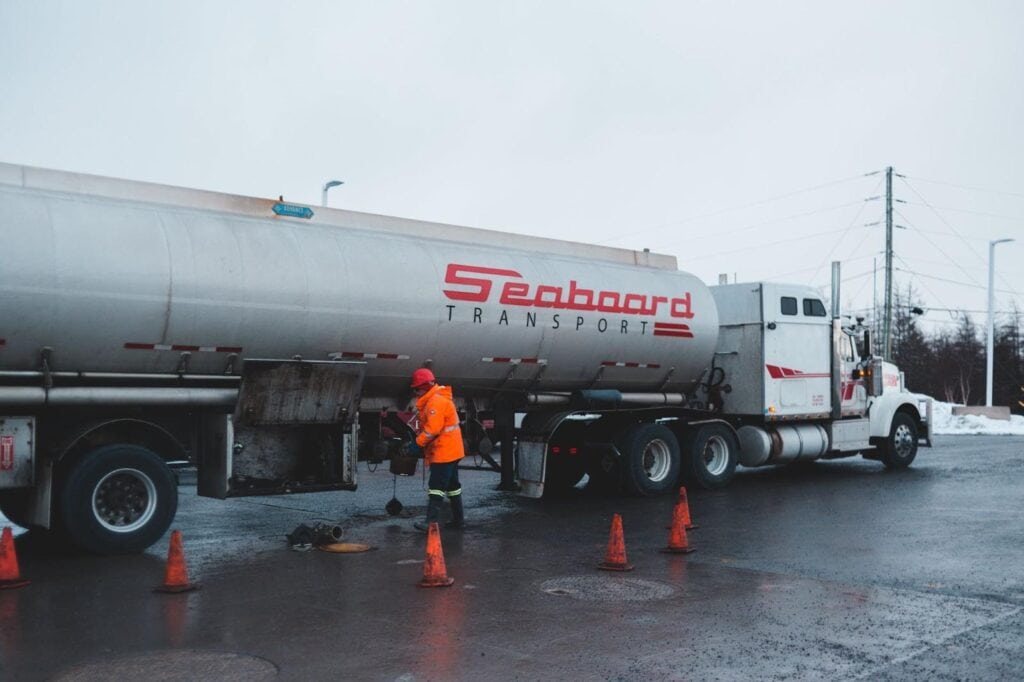
Tanker Trucks: Types, Capacity, and Safety
Tanker trucks play a crucial role in the transport industry, efficiently moving various liquids and gases, including fuel, chemicals, and water. These vehicles come in various sizes, from small to large capacities, ensuring the safe and effective delivery of essential substances across distances.
Read More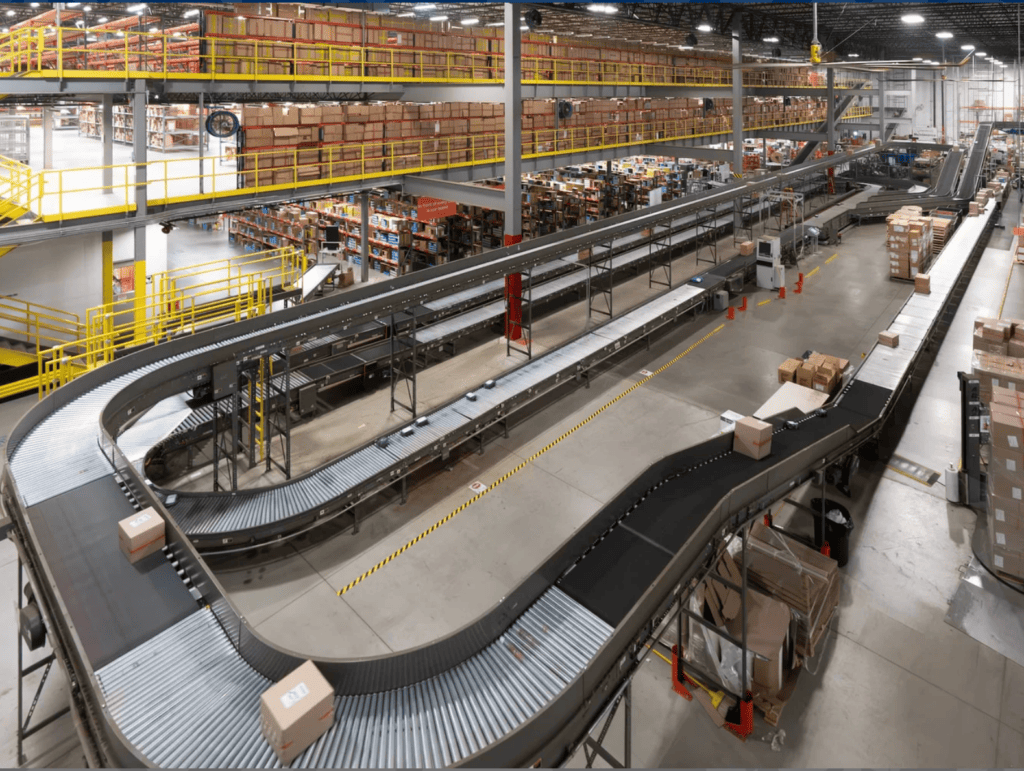
What Is Pick Pack and Ship? Benefits, Challenges, and Tips
In today’s fast-paced world of e-commerce, businesses strive to streamline their operations to provide the best customer service while maintaining profitability. One significant aspect of this efficiency drive is a procedure known as ‘pick pack and ship.’ It is a crucial aspect of the supply chain and fulfillment process that can directly impact a company’s […]
Read More
Channel Strategy vs. Logistics Management: Why They Matter and Their Key Differences
Channel strategy vs logistics management––here is everything you need to know. Understanding the differences and correlations between channel strategy and logistics management is paramount in the vast realm of the shipping, logistics, and supply chain industry. These concepts dictate how products move from manufacturers to consumers and influence the efficiency and profitability of the businesses […]
Read More
Expedited Shipping vs Standard: What’s the Difference?
Understanding the differences is crucial for making informed decisions that align with your shipping needs. The right choice depends on factors like delivery urgency, budget constraints, and the nature of the items being shipped.
Read More